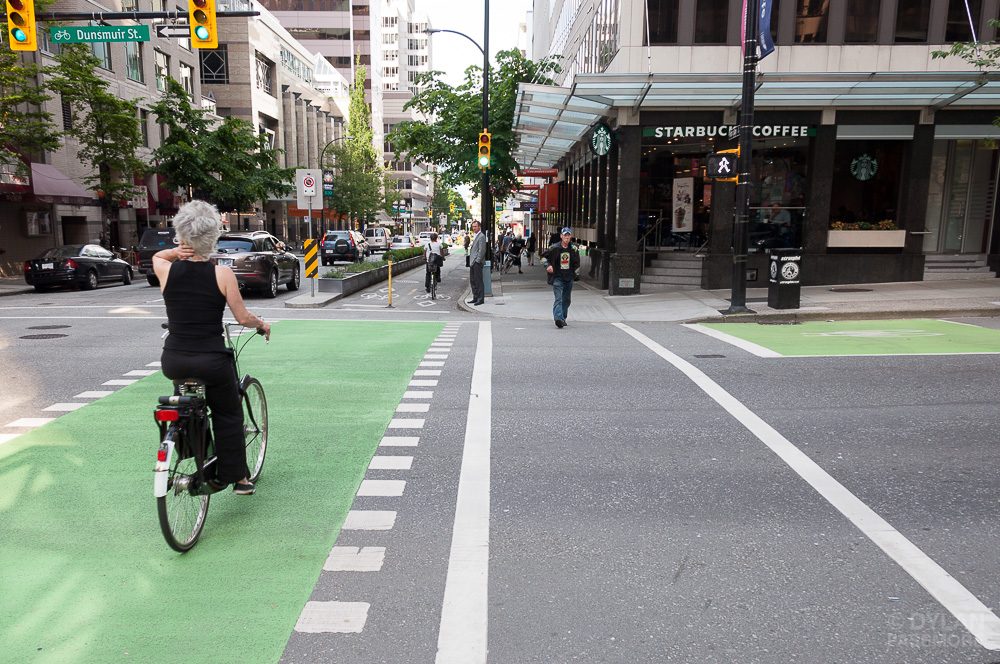
What Are Complete Streets?
Complete Streets are streets that are safe for all users, regardless of age, ability, income, race, ethnicity, or mode of travel. By using a Complete Streets approach to designing road networks, we can create spaces that allow all users to thrive — not only motorists.
TCAT and Complete Streets Canada
Since 2009, TCAT has played a leading role in accelerating the Complete Streets movement across Canada. This work has been anchored around creating Complete Streets Canada — Canada’s hub for Complete Streets —and building momentum and growing community and government interest in the movement. Over the last few years, TCAT has updated Complete Streets Canada less frequently as we’ve stretched ourselves in the direction of other exciting active transportation projects. But even though we’ve slowed down, Complete Streets hasn’t. That’s the beauty of a sustained movement! We are energized by every ounce of advocacy that continues to advance Complete Streets and can’t wait to get back to cultivating Complete Streets Canada as a central hub and resource for that work.
We believe Complete Streets is as powerful and relevant a tool as ever and are in the process of critically reviewing what Complete Streets means for TCAT in 2022. Complete Streets have and always will be about bringing the needs of vulnerable road users to the forefront of conversation and highlighting the ways in which transportation serves as a conduit to environmental, economic, and social health. How have the rapid changes in our climate, our world, our cities, and our communities changed what that means in practice? Here are some of the questions we are asking ourselves:
- How can Complete Streets promote equitable health outcomes, specifically in the time of COVID?
- How can Complete Streets connect with transportation poverty related initiatives, such as free public transit?
- What is the relationship between Complete Streets and housing? Where are the opportunities for Complete Streets advocates to work with affordable housing and transit-oriented development initiatives?
- How does Complete Streets infrastructure impact gender-based violence and race-based violence?
- What is the connection between Complete Streets and reducing policing and enforcement?
- How can Complete Streets be harnessed as a path towards reconciliation?
- What Canadian jurisdictions have been most successful in implementing Complete Streets policies? What enabled them to be so successful?
- What Canadian jurisdictions have struggled with implementing Complete Streets policies? What are the major barriers?
We Want Your Input!
If your municipality has a Complete Streets policy that you would like to share or you find yourself wrestling with these questions too, please reach out to us by email (tcat@cleanairpartnership.org). We’d love to know what you envision for the future of Complete Streets and how you think this movement can best respond to today’s evolving social, economic, and political world.
